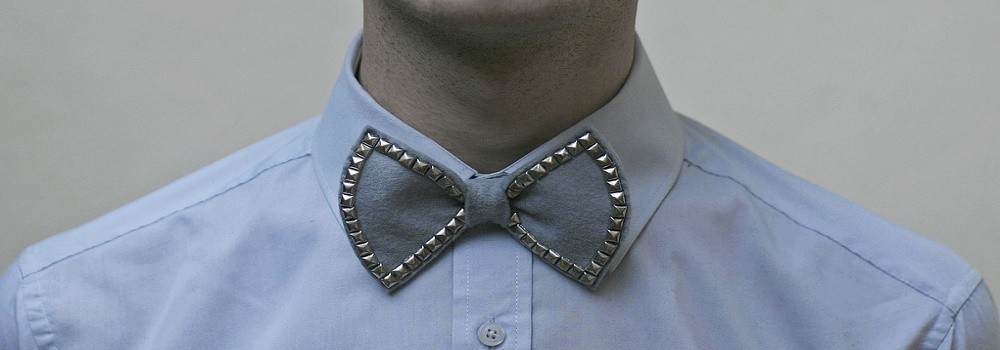Fast Fashion: Too Much of a Good Thing
Consumers unconsciously squander money with big-name fashion retailers who introduce new designs every few weeks.
Betty Yan, Staff Writer
Too often, I stand in my jam-packed closet at a loss for what to wear. The excess of clothing that I’m faced with seems inefficient and lacks standout pieces; it also means a lot of money wasted.
Among the items I have amassed, there are only a number of pieces I wear regularly. The rest of the clutter is made up of impulse, discount, and overlapping purchases. If your closet is the same, you are likely a shopper stuck on the fast fashion train.
The fast fashion concept emerged in the late 20th century and changed the way we consume fashion. The purpose of fast fashion is to produce on trend products in the cheapest and fastest way possible. This sounds like a good idea, but the revamped fashion retail industry is designed to encourage consumers to buy far more than they need.
Shorter production time means higher turnover of products, and leads to greater profits. Consumers want to buy more clothing more often to update their wardrobe.
We are buying more trendy clothing at lower prices. While this appears to be a great deal, it means marginal returns are dimished. Our clothes quickly become disposable as they are of poorer quality and become outdated sooner as trends change more often than ever before.
[pullquote]The revamped fashion retail industry is designed to encourage consumers to buy far more than they need.[/pullquote]
While it is true that fast fashion delivers luxury styles at low prices, consumers can easily get lost chasing new styles and end up spending more in total on knockoff items. The ultimate goal of retailers is to maximize profits, and fast fashion tempts people to shop more often.
In the past, it would take months for pricey high-end lines to filter into the mass market; by then, these items would no longer be in season. Consumers had to choose an expensive but fresh look, or an affordable but outdated look.
Zara is a Spanish retailer that has been heading the fast fashion movement since the 1970s. The company uses a quick response model of production to minimize the time between design and consumption. Many other big name retailers, such as H&M, Forever21, Joe Fresh, and Topshop, follow the same production model.
Now, we can find affordable clothing modeled after high fashion designs that are still in season. The timeline from runway to off the rack is drastically reduced through improved technologies. Also, cheaper inputs are used to cut costs. Cheaper prices coupled with marketing that promotes the desire for new designs push us to choose quantity over quality.
Fashion companies churn out more designs than ever, which retailers move into stores and restock at warp speed. New seasons of fashion don’t align with the natural seasons anymore. Instead, stores change their styles in a period of weeks, so the number of buying cycles increases.
Fast fashion induces people to continuously replace discount wardrobes. As a result, we tend to get less use out of each purchase. It may seem counterintuitive, but only by looking for cheap and fast, do we spend more and benefit less.
We can be more efficient shoppers by limiting our consumption of fast fashion products. The next time you hit the shops, try to prioritize quality and staying power over markdowns on trends. In the end, you will end up with a more functional mix of garments that have a longer lifespan.
























Share the post "Fast Fashion: Too Much of a Good Thing"